Emilia sonchifolia (L.) DC. |
| |
|
|
Botanical Name |
: |
Emilia sonchifolia (L.) DC. |
English
Name |
: |
Lilac Tassel-Flower |
Synonym(s) |
: |
Cacalia sonchifolia (L.) |
Family |
: |
Asteraceae |
| |
General Info
| Description |
 |
|
A slender, erect or diffuse annual herb up to 40 cm tall. Leaves very variable; the lower petiole, lyrate or obovate, toothed or entire; the upper more or less amplexicaul and auricled, usually acute. Flowers pink or purplish, borne in solitary or corymbose heads up to 1.3 cm long; peduncles very slender, nodding when young; involucre cylindrical; bracts almost equalling the corolla, linear-oblong, acute. Achenes 0.3 cm long, narrowly oblong, 5 ribbed, brown, scabrid on hte ribs, attached to a white, soft pappus. |
| Herb Effects |
 |
|
Antimicrobial (aerial part) |
Chemistry
| Active Ingredients |
 |
|
Senkirkine, doronine, kwempferol 3-beta-D-galactoside, rutin, quercitrin, quercetin and ursolic acid (aerial part). |
| Chemistry
of Active Ingredients |
 |
|
|
 |
Name |
CAS# |
IUPAC Name |
Formula |
Structure |
 |
|
| Senkirkine |
2318-18-5 |
4-ethylidene-7-hydro
xy-6,7,14-trimethyl-
2,9-dioxa-14-azabicy
clo[9.5.1]
heptadec
-11-ene-3,8,17-trion
e |
C19H27NO6 |
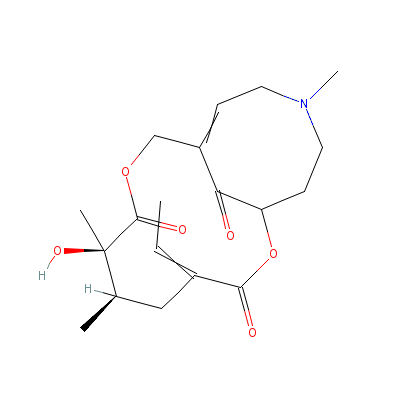
|
| Doronine |
Not Available |
[4-(1-chloroethyl)-4
-hydroxy-6,7,14-trim
ethyl-3,8,17-trioxo-
2,9-dioxa-
14-azabi
cyclo[9.5.1]heptadec
-11-en-7-yl]
ethanoate; benzene |
C27H36ClNO8 |
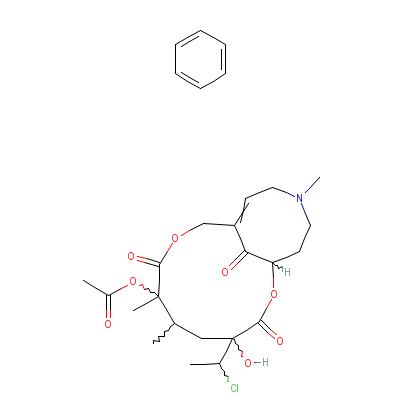
|
| Rutin |
Not Available |
2-(3,4-dihydroxyphen
yl)-4,5-dihydroxy-3-
[3,4,5-trihydroxy-6-
[(3,4,5-tr
ihydroxy
-6-methyl-tetrahydro
pyran-2-yl)oxymethyl
]tetrahydropyran-2-y
l]
oxy-chromen-7-on
e trihydrate |
C27H36O19 |
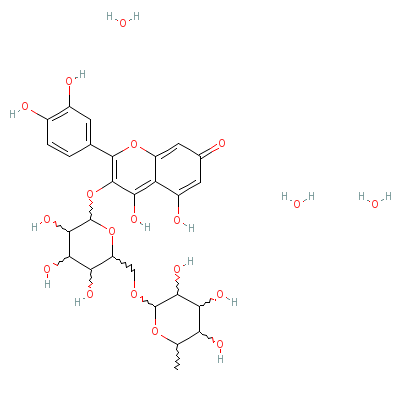
|
| Quercitrin |
6151-25-3 |
2-(3,4-dihydroxyphen
yl)-4,5-dihydroxy-3-
(3,4,5-trihydroxy-6-
methyl-oxa
n-2-yl)o
xy-chromen-7-one |
C21H20O11 |
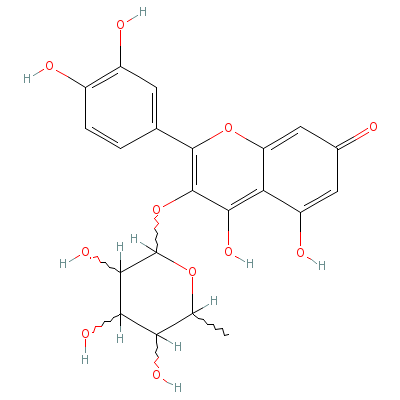
|
| Quercetin |
Not Available |
2-(3,4-dihydroxyphen
yl)-3,4,5-trihydroxy
-chromen-7-one |
C15H10O7 |
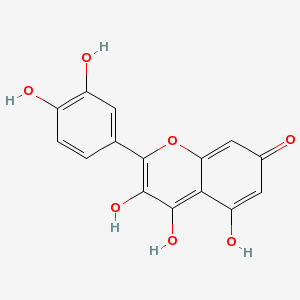
|
| Ursolic acid |
77-52-1 |
10-hydroxy-1,2,6a,6b
,9,9,12a-heptamethyl
-2,3,4,5,6,6a,7,8,8a
,10,11,12,
13,14b-t
etradecahydro-1H-pic
ene-4a-carboxylic
acid |
C30H48O3 |
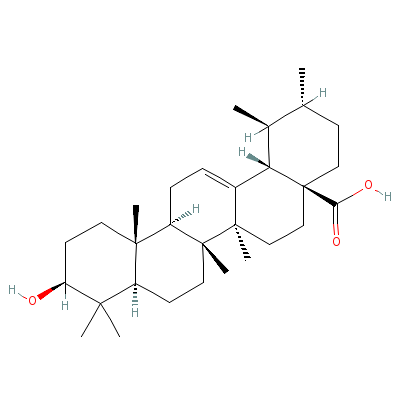
|
|
Pharmacology
| Medicinal Use |
 |
|
Problems with the bowel, to treat infantile tympanites, to relieve cuts and wounds, breast abcesses (plant); to relieve sore ears, headache, night blindness and eye inflammations (leaf); to treat diarrhoea, cataracts and redness of the eyes (root). |
| Contraindication |
 |
|
Not in pregnancy |
| Reference |
 |
|
 Chandel et al., Biodiversity in Medicinal and Aromatic Plants in India. Chandel et al., Biodiversity in Medicinal and Aromatic Plants in India.
|
Dealers
Products
|
|